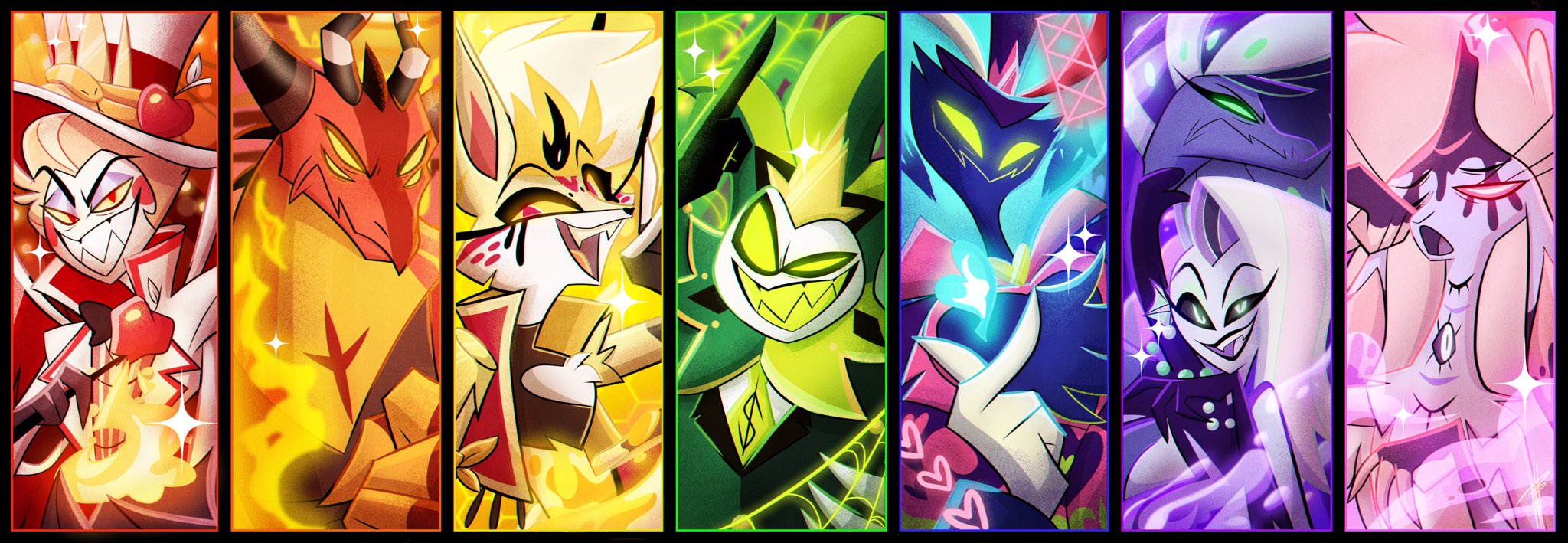| UnderwaterFunktown said: TBH I don't fully get the glorification of 90s games. The 90s had some bangers for sure, but many games were unpolished, unbalanced, buggy (back when most games didn't get patches so you just had to live with it) or just made the weirdest design choices. I can obviously agree that games being more complete upon release is a nice thing, in the sense that there was no content sold seperately (except for the occasional substantial expansion), but on the other hand games were often made on a super tight schedule back then which definitely shows imo. Also allowing the player to make mistakes is one thing, but some games basicly let you get stuck in a loss state (either directly or indirectly) unless you had a backup save, so I'd definitely say there's a limit to when that's a positive. As for the other points I think they're more genre dependant than anything. I'm playing Disco Elysium (from 2019) right now and it ticks pretty much the same boxes. Not saying 90s games were bad by any means, there are many that I like a lot (unlike 80s games which I rarely ever enjoy), but on average I'd say games improved in the 00s, 10s and 20s even if industry practices (generally) have gone downhill in the latter two. Guess it's also to some extent a generational thing though, the 00s is where most of my nostalgia lies. |
The 16-bit era was gold. It was an evolution of the 8-bit era, and there were often a great many quality-of-life improvements. So many of those old 16-bit games still hold up exceptionally well. The first half of the 90s is still quite possibly my favorite era of gaming. The fact that 2D games, many of them with sprite-based graphics, are still being produced to this day and doing quite well for themselves is a testament to the staying power of the 2D era, as is the fact that the retro market continues unabated, with new and often high-quality clones of old 8-bit & 16-bit systems having come to market (Analogue's systems are great).
But if you're talking just about Gen 5 games, then I might be inclined to agree to a large extent. The transition to 3D was a very rough one, and few games from that generation still hold up to this day. Developers were trying to figure out something entirely new to them. Certain types of genres that were popular in the 8-bit & 16-bit eras often didn't translate well from 2D to 3D, which resulted in several popular series having their first 3D entries be mediocre to terrible. It didn't help that, with only a handful of exceptions, the industry at the time seemed hell-bent on leaving 2D video games in the past whether they were prepared for the jump to 3D or not, with only a handful of exceptions like Capcom sticking with 2D games with sprite-based graphics for Street Fighter and most Mega Man games.
To be fair, there were some genres where the jump to 3D didn't really impact gameplay much if at all. Turn-based JRPGs like Final Fantasy 7 and Dragon Quest 7 were mostly just presentation upgrades from their 16-bit predecessors. Racing games always tried to fake 3D visuals in the days of sprites, and similarly first-person games were by necessity always emulating 3D visuals even before they moved to fully 3D polygon-based graphics (techniques like vector graphics and ray casting predated fully polygonal worlds), so both genres were already tailor-made for the jump to 3D. But aside from those sorts of games, the move to 3D presented all sorts of new challenges.
For third-person games, the cameras were often quite terrible when they were dynamic cameras, and fixed cameras had their own issues. Poor controls were commonplace, and a good chunk of this was a result of the PS1 starting off with what was essentially a modified SNES controller (tank controls were horrible, despite all the misplaced nostalgia for them). Even after the Dual Analog was released in 1997, controls on PS1 games were often quite rough, as games were still being built with the OG PS1 controller in mind (AFAIK, Ape Escape was the only PS1 game that absolutely required a Dual Analog/Shock controller). Nintendo at least had the foresight to understand the need for an analog stick, though it only had one stick, which wasn't ideal and could pose a problem for some games (the N64's controller was in retrospect quite awkward for FPS games).
Honestly, I always felt like Nintendo and Rare were the ones who, more than any other company, truly understood how to make good 3D gaming experiences in those early days of the 3D era, and many of their N64 titles are still fun to play. Nintendo built their hardware around the games they wanted to make, or at least that very much seems to have been the case.
Of course, over time developers started to get a knack for 3D as gaming moved into the 21st century. Cameras got better. Controls were improved, with the dual-stick setup of "left stick moves your character, right stick rotates the camera" pioneered around the turn of the century by games like Halo becoming the norm for both first- and third-person games (some series took a bit longer to get with the program, most notably Resident Evil). Games with 3D visuals but 2D gameplay have managed to find some life as well, particularly with fighting games and certain platformers & Metroidvanias.
Visit http://shadowofthevoid.wordpress.com
 Art by Hunter B
Art by Hunter B
In accordance to the VGC forum rules, §8.5, I hereby exercise my right to demand to be left alone regarding the subject of the effects of the pandemic on video game sales (i.e., "COVID bump").

















